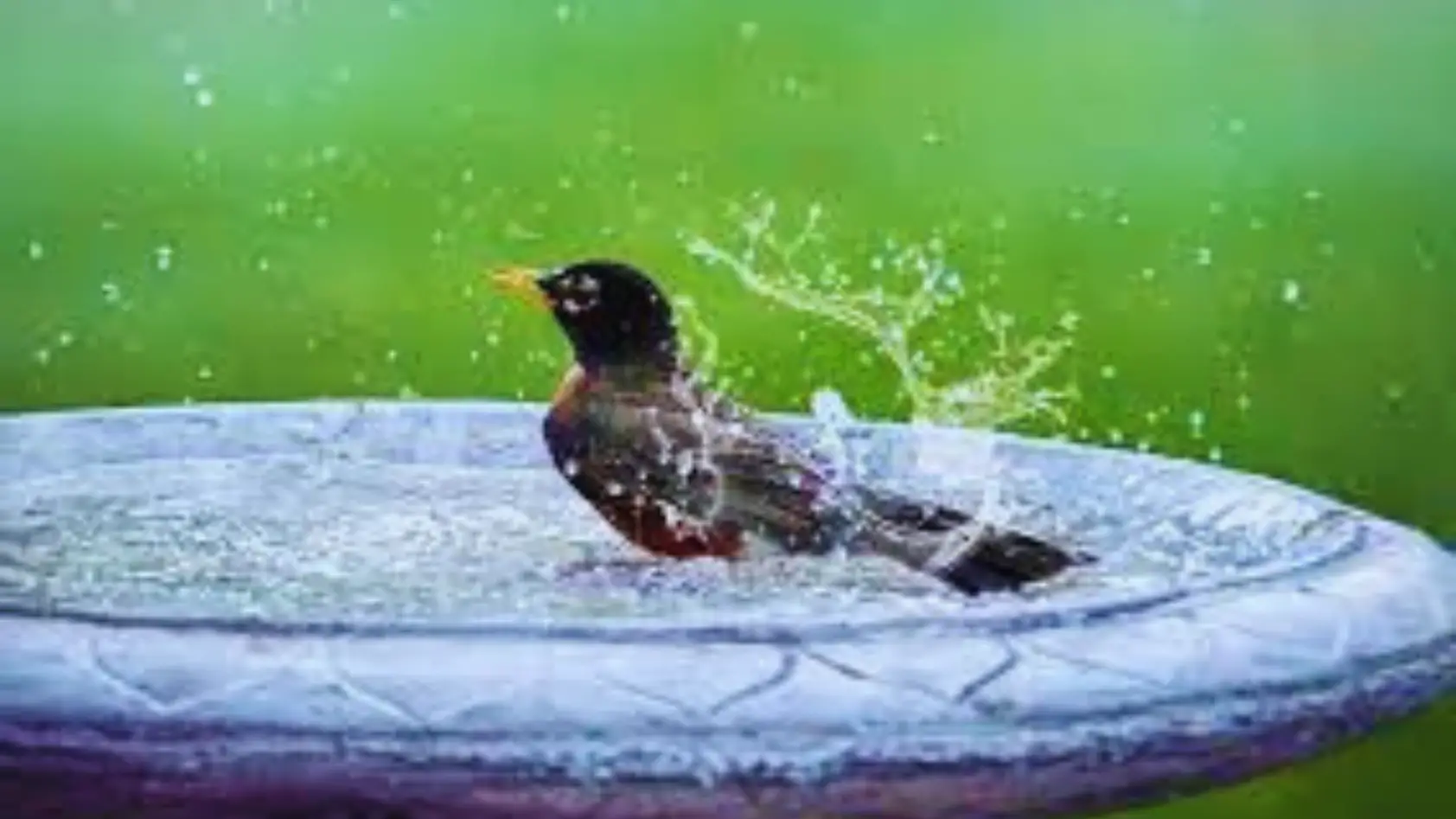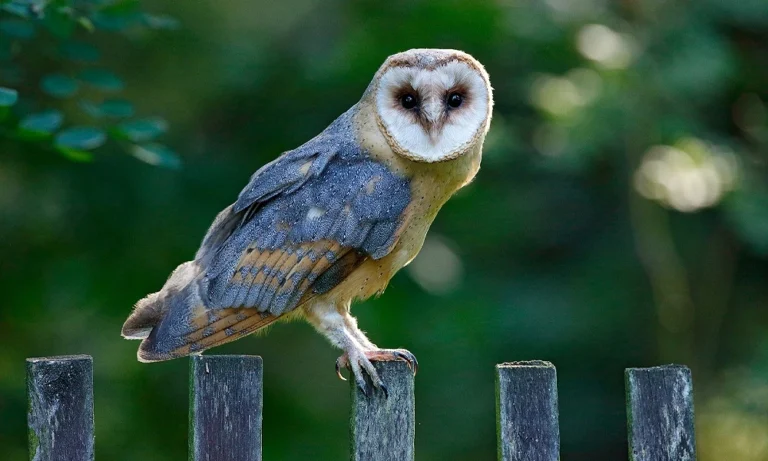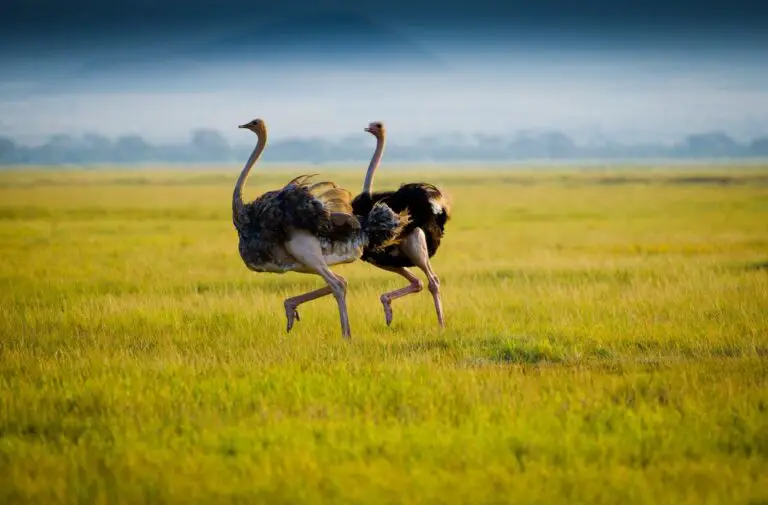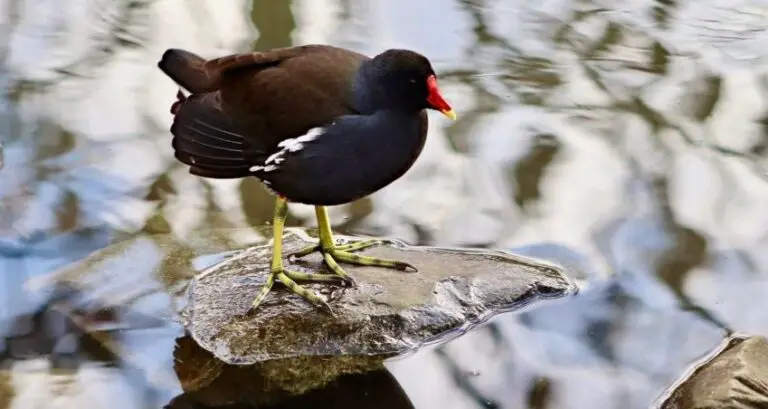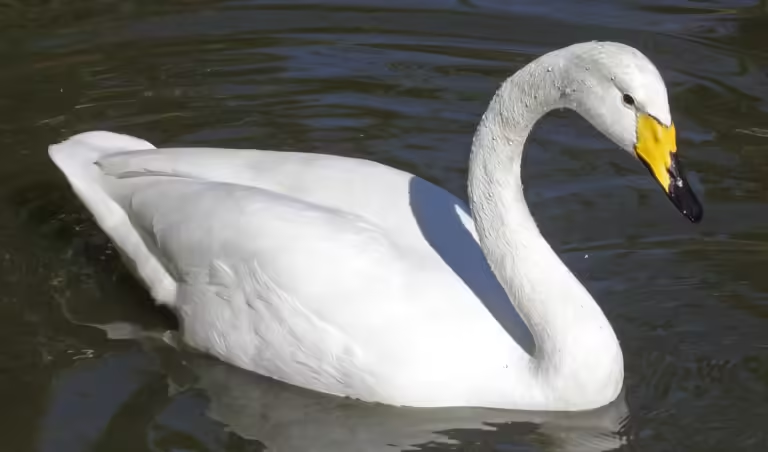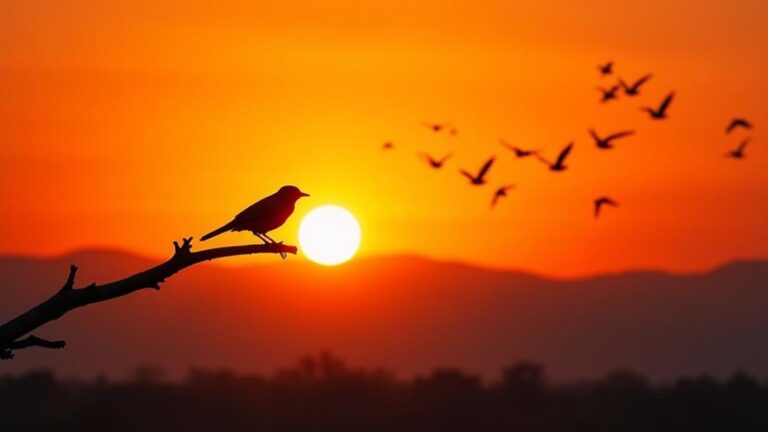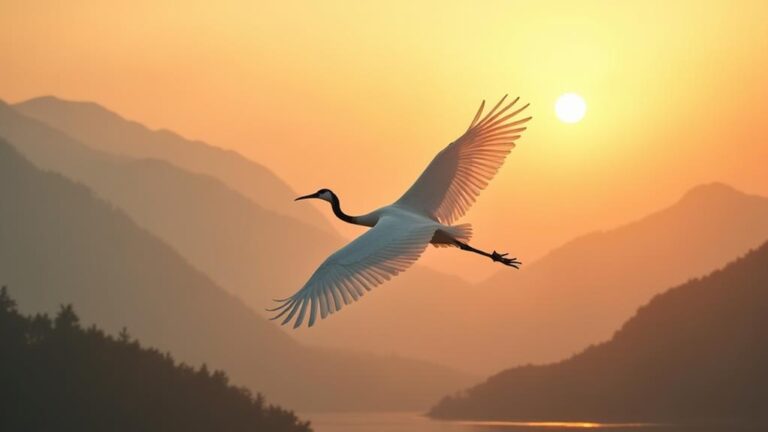Pennies in Bird Bath: Discover the surprising secret behind placing pennies in your bird bath. Learn how this simple trick can help keep your feathered friends clean, healthy, and happy.
Imagine transforming your backyard into a magical oasis, where birds sing their melodious tunes, insects dance in the warm sunlight, and small mammals play amongst the lush greenery. With just a simple trick, you can attract an array of wildlife to your garden while adding a touch of coppery gleam to your bird bath.
Yes, you heard it right – pennies in a bird bath can work wonders in enticing these beautiful creatures to come closer. In this article, we will explore the science behind the coppery gleam, discover how to create a welcoming habitat for insects, and learn the art of inviting small mammals to your backyard.
We will also guide you in choosing the perfect bird bath for wildlife and share other ways to enhance your backyard wildlife habitat. Get ready to experience the benefits of attracting wildlife to your yard and enjoy the beauty and serenity of nature right at your doorstep.
Key Takeaways
- Adding pennies to a bird bath can attract a variety of birds to create a captivating and inviting oasis for wildlife.
- The coppery gleam of the pennies reflects light and mimics the sparkle of water, making it especially enticing in dry environments.
- Copper has antimicrobial properties that keep the water clean for animals, signaling a safe and inviting water source for birds to drink.
- By creating a wildlife-friendly environment with native plants, food sources, shelter, and water features, you can attract a diverse range of creatures and promote biodiversity in your backyard.
The Science Behind the Coppery Gleam
The coppery gleam of pennies in your bird bath can captivate and enchant all kinds of wildlife. The science behind this phenomenon lies in the reflective properties of copper. When sunlight hits the pennies, the copper surface reflects the light, creating a dazzling display that catches the attention of birds, insects, and other creatures.
Copper has a unique ability to reflect light in a way that is particularly attractive to wildlife. The shimmering effect the pennies in the bird bath produce resembles the sparkle of water, which is a crucial resource for many animals. This illusion of water can be especially enticing in dry or arid environments where water sources are scarce.
Not only does the coppery gleam attract wildlife, but it also serves a practical purpose. Copper has antimicrobial properties, which can help keep the water in the bird bath clean and free from harmful bacteria. This is especially important for the health and wellbeing of the birds and other animals that rely on the bird bath for hydration.
So, by adding a few pennies to your bird bath, you can create a captivating and inviting oasis for wildlife. Not only will you enjoy watching the various species that are drawn to the coppery gleam, but you’ll also be providing them with a clean and refreshing water source. It’s a win-win for both you and the animals you attract.
Attracting Birds with Pennies in Your Bird Bath
By adding a touch of copper to your birdbath, it’ll entice a variety of feathered friends to flutter and frolic in the water. Birds are naturally attracted to shiny objects, and the coppery gleam from the pennies will catch their attention. But how does it actually work?
The copper in the pennies creates a chemical reaction with the water, releasing a small amount of copper ions into the birdbath. Birds have a keen sense of sight and are able to detect these ions, which signal to them that the water is clean and safe to drink. This is especially important during the hot summer months, when water sources can become stagnant and unhealthy.
To help you visualize the effect of pennies in your birdbath, imagine a beautiful tableau. Picture a row of shiny pennies lining the bottom of the bath, glinting in the sunlight. The water is crystal clear and inviting, with birds of different colors and sizes happily splashing around. It’s a scene that brings joy and tranquility to your backyard.
So, if you want to attract a variety of birds to your birdbath, try adding a few pennies. Not only will it create a coppery gleam that catches their attention, but it will also provide them with a clean and safe water source.
Creating a Welcoming Habitat for Insects
Creating a welcoming habitat for insects is like opening a vibrant, buzzing cityscape where tiny residents flourish and pollinate, bringing life and color to your garden. It’s a simple yet powerful way to support the ecosystem and enjoy the beauty of nature up close.
Here are a few tips to help you create a haven for these essential creatures:
- Plant native flowers: Fill your garden with a variety of native plants that provide nectar and pollen as a food source for insects. Choose a mix of colors and shapes to attract a diverse range of species.
- Provide shelter: Create hiding spots for insects by incorporating rocks, logs, and leaf piles into your garden. These natural shelters offer protection from predators and harsh weather conditions.
- Avoid pesticides: Minimize the use of chemical pesticides that can harm insects. Instead, opt for organic pest control methods or natural alternatives like companion planting.
By implementing these simple practices, you’ll not only invite a delightful flurry of butterflies, bees, and other fascinating insects into your garden but also contribute to the overall health of the environment.
So, sit back and watch as your garden transforms into a bustling insect metropolis, where each resident plays a vital role in the intricate web of life.
Inviting Small Mammals to Your Backyard
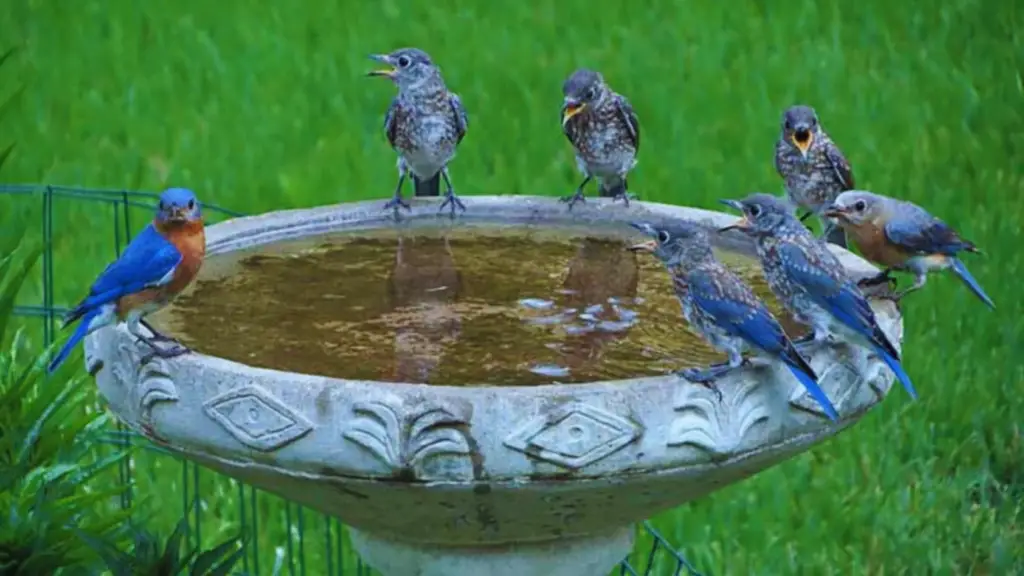
Transform your backyard into a cozy haven for small mammals by providing them with food, water, and shelter. Creating a welcoming environment will attract a variety of furry creatures, adding charm and excitement to your outdoor space.
To entice small mammals, start by offering a diverse menu of food options. Place bird feeders or squirrel feeders in easily accessible areas, filled with seeds, nuts, and fruits. You can also scatter small piles of birdseed or crushed nuts on the ground, providing a foraging opportunity for creatures like chipmunks and mice. Consider planting fruit-bearing trees or shrubs, such as raspberry bushes or apple trees, which will not only provide a natural food source but also create a beautiful landscape.
Water is essential for small mammals, so providing a fresh and clean water source is crucial. Install a birdbath or a shallow dish filled with water, ensuring that it is easily accessible and regularly replenished. Adding a small rock or a floating log can provide a safe spot for animals to drink from and prevent accidental drowning.
Lastly, create shelters for small mammals to seek refuge from predators and harsh weather conditions. Build a brush pile using fallen branches and leaves, or set up a small wooden box with a hole for animals to enter and exit. These cozy shelters will attract creatures like rabbits, squirrels, and hedgehogs, providing them with a safe and comfortable place to rest.
By following these simple steps, you can invite a delightful array of small mammals to your backyard and enjoy the wonderful sights and sounds they bring to your outdoor space.
Choosing the Right Bird Bath for Wildlife
Enhance your backyard oasis with the perfect water feature for attracting a variety of wildlife. One great option is a bird bath, but choosing the right one is key. Here are some tips to help you make the best choice:
- Size Matters: Consider the size of your yard and the types of birds you want to attract. A larger bird bath will accommodate bigger birds, while a smaller one may be more suitable for smaller species.
- Material Makes a Difference: Opt for a bird bath made of copper or another metal. These materials not only add a touch of elegance to your backyard, but they also provide a coppery gleam that attracts birds. Plus, they are durable and easy to clean.
- Location, Location, Location: Place your bird bath in a spot that is easily visible to birds but also provides some protection from predators. You can also enhance the attractiveness of the bird bath by adding some greenery or flowers nearby.
- Regular Maintenance: Keep your bird bath clean and filled with fresh water to ensure its appeal to wildlife. Regularly scrub the bath to prevent the growth of algae and bacteria.
By following these tips, you can create a welcoming oasis for birds and other wildlife in your backyard. So, why wait? Start attracting beautiful creatures with a coppery gleam today!
Placement Tips for Maximum Wildlife Attraction
To maximize the appeal of your backyard oasis, consider strategically placing your bird bath where it can attract a variety of beautiful creatures. One important tip is to position the bird bath near natural food sources. Placing it close to trees or shrubs that bear fruits or berries will entice birds and other wildlife to visit. Additionally, having the bird bath near a water source, such as a pond or stream, will increase its attractiveness. The sound of running water will draw in different species, creating a lively and dynamic environment.
Another key factor to consider is the visibility of the bird bath. Make sure it is easily visible from different angles, both for your enjoyment and for the wildlife. Placing it in an open area, away from tall obstacles or dense vegetation, will make it more visible and accessible to birds.
Furthermore, it is crucial to keep the bird bath safe from predators. Positioning it at least three feet away from any potential hiding spots, such as bushes or trees, will help keep visiting birds safe.
Lastly, ensure that the bird bath is in a shady area to prevent the water from becoming too hot during sunny days. This will make it more comfortable for the wildlife and encourage them to stay longer.
By following these placement tips, you can create an inviting space for a wide range of wildlife to enjoy your bird bath and enhance the beauty of your backyard oasis.
Maintenance and Cleaning of Your Bird Bath

Keeping your bird bath clean and well-maintained is essential for ensuring the health and safety of the visiting wildlife. Regular maintenance and cleaning not only enhances the appearance of your bird bath but also prevents the growth of harmful bacteria and algae that can be detrimental to birds’ health.
To start, make sure you wear gloves and use a gentle scrub brush to remove any debris, such as leaves or feathers, from the bird bath. Then, empty the old water and rinse the bath thoroughly with clean water. If there are stubborn stains or mineral deposits, a solution of vinegar and water can be used to gently scrub them away. It is important to rinse the bath thoroughly after using any cleaning solution to ensure no residues are left behind.
Additionally, consider adding a few copper pennies to the bath. The copper ions released into the water can help inhibit the growth of algae and bacteria.
Finally, refill the bird bath with fresh water and place it back in its original position. By following these maintenance and cleaning tips, you can provide a clean and safe oasis for the wildlife to enjoy.
Other Ways to Enhance Your Backyard Wildlife Habitat
Create an inviting haven for a variety of creatures by incorporating native plants, providing ample food sources, and offering sheltered spaces in your backyard wildlife habitat.
Native Plants: Planting native species in your backyard is a surefire way to attract wildlife. Native plants provide food and shelter for birds, butterflies, and other creatures. They also require less water and maintenance compared to non-native plants.
Food Sources: One of the easiest ways to attract wildlife is by providing a food source. Install bird feeders filled with seeds and nuts to attract a wide range of birds. You can also plant flowers that produce nectar to attract butterflies and bees. Consider leaving a small pile of fallen leaves or twigs to provide food for insects.
Sheltered Spaces: Creating sheltered spaces is crucial for wildlife habitat. Install birdhouses and bird baths to provide nesting spots and water sources for birds. You can also create brush piles using fallen branches or rocks to offer shelter for small mammals and reptiles. Additionally, consider planting trees and shrubs to provide cover and shade for various creatures.
By incorporating native plants, providing ample food sources, and offering sheltered spaces, you can transform your backyard into a thriving wildlife habitat.
Not only will you be helping wildlife, but you’ll also be able to enjoy the beauty and wonder of nature right in your own backyard.
Benefits of Attracting Wildlife to Your Yard
Attracting wildlife to your yard brings a vibrant and dynamic energy to your outdoor space. Not only does it create a beautiful and natural environment, but it also offers numerous benefits for both you and the wildlife that visit. By providing food, water, shelter, and a safe haven, you are contributing to the overall well-being of the animals and promoting biodiversity in your area.
| Benefits of Attracting Wildlife to Your Yard | ||
|---|---|---|
| 1. Enhances biodiversity | 2. Helps with pest control | 3. Provides educational opportunities |
| 4. Promotes pollination | 5. Reduces stress |
Enhancing biodiversity is essential for maintaining a healthy ecosystem. By attracting a variety of wildlife, you are helping to preserve different species and their habitats. Additionally, having wildlife in your yard can help control pests naturally, reducing the need for harmful chemicals.
Attracting wildlife also provides educational opportunities, especially for children. Observing animals in their natural habitat fosters a sense of curiosity and appreciation for nature. It can also serve as a learning experience about different species and their behaviors.
Another benefit is the promotion of pollination. Many animals, such as bees and butterflies, play a vital role in pollinating plants. By attracting these pollinators, you are aiding in the reproduction of flowers and ensuring the survival of various plant species.
Lastly, the presence of wildlife in your yard can have a positive impact on your mental well-being. Research has shown that being in nature reduces stress and promotes relaxation. Watching birds, squirrels, or other wildlife can bring a sense of peace and tranquility to your outdoor space.
In conclusion, attracting wildlife to your yard not only adds beauty and liveliness but also offers a range of benefits for both you and the animals. It’s a win-win situation that enhances biodiversity, controls pests naturally, provides educational opportunities, promotes pollination, and reduces stress. So, why not create a welcoming space for wildlife and enjoy the wonders of nature right in your backyard?
Ethical Considerations and Environmental Impact
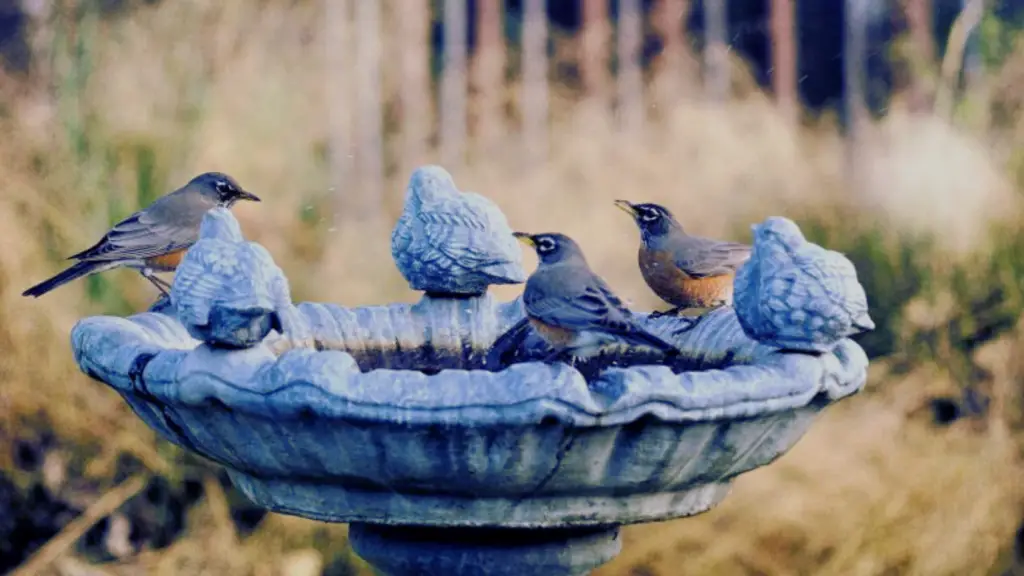
Now that you understand the benefits of attracting wildlife to your yard, it’s essential to consider the ethical implications and environmental impact. By intentionally creating a habitat for wildlife, you have a responsibility to ensure their well-being and minimize any negative effects on the ecosystem.
Respect for wildlife: When attracting wildlife, it’s crucial to respect their natural behavior and habitat. Avoid interfering with their daily routines or causing unnecessary stress.
Native plant choices: Selecting native plants for your yard helps provide a familiar food source for local wildlife and promotes biodiversity. Avoid using invasive species that can harm native plants and wildlife.
Water conservation: While it’s important to provide a water source for wildlife, it’s equally important to conserve water. Consider using a birdbath with a recirculating pump or a water feature that minimizes water usage.
Chemical-free approach: Avoid using harmful chemicals such as pesticides, herbicides, or fertilizers that can harm wildlife or contaminate their food sources. Instead, opt for natural alternatives or integrated pest management methods.
By considering these ethical considerations and environmental impacts, you can create a wildlife-friendly environment that supports the health and well-being of the creatures you attract.
So, get ready to enjoy the beauty of nature right in your own backyard!
Enjoying the Beauty and Serenity of Nature in Your Own Backyard
Imagine the sheer bliss of basking in the tranquil ambiance of nature’s beauty right in your own backyard. With a bird bath adorned with pennies, you can create a haven for wildlife and immerse yourself in the serenity of the great outdoors.
Picture yourself sitting on a cozy chair, sipping a cup of coffee, and watching as vibrant birds flutter around the shimmering water, their colorful feathers reflecting the coppery gleam of the pennies.
As you observe the wildlife that your bird bath attracts, you will feel a deep sense of connection with nature. The gentle chirping of birds, the rustling of leaves, and the soft breeze brushing against your skin will transport you to a place of tranquility and inner peace. In this busy world, having a space where you can escape and enjoy the beauty of nature is truly a gift.
Not only will your bird bath provide you with a place to unwind, but it will also support the local ecosystem. Birds rely on water sources for drinking and bathing, and by offering them a clean and inviting space, you are helping them thrive. Additionally, the pennies in the bird bath can have a positive impact on the environment, as copper has natural antimicrobial properties that help keep the water clean.
So, take a moment to envision the beauty and serenity that a bird bath with pennies can bring to your own backyard. Create a space where you can relax, reconnect with nature, and enjoy the simple pleasures that the natural world has to offer.
Pennies In Bird Bath: FAQs
How do I install a bird bath in my backyard?
To install a bird bath in your backyard, choose a suitable location, level the ground, and dig a hole. Place the bird bath in the hole, ensuring it is stable. Fill it with water and enjoy watching the wildlife it attracts.
What are some alternative materials I can use for attracting wildlife in my bird bath?
To attract wildlife in your bird bath, consider using alternative materials like colorful stones, seashells, or even small water plants. These options create a natural and inviting environment that will surely catch the attention of our feathered friends.
How often should I clean my bird bath?
You should clean your bird bath regularly to maintain the health of the wildlife. Regular cleaning prevents bacteria and algae growth. Aim to clean it at least once a week to ensure a clean and inviting environment for the birds.
What are some common mistakes to avoid when creating a welcoming habitat for insects?
Avoid using pesticides, as they can harm beneficial insects. Provide diverse plantings to attract a variety of insects. Don’t forget to have a water source, like a shallow dish with rocks, for them to drink from.
Are there any potential negative effects of attracting wildlife to my yard?
Attracting wildlife to your yard can have some potential negative effects. They may damage your plants, spread diseases, or become a nuisance. It’s important to create a balance and manage their presence.
Conclusion
So, now you understand the wonders of attracting wildlife to your backyard with the coppery gleam of pennies in your bird bath.
You may be thinking, ‘But what about the cost and effort involved?’
Well, let me tell you, the joy and beauty of watching birds, insects, and small mammals thrive in your own little sanctuary far outweigh any concerns.
Embrace the opportunity to connect with nature, create a haven for wildlife, and experience the serenity it brings.
You won’t regret it.

